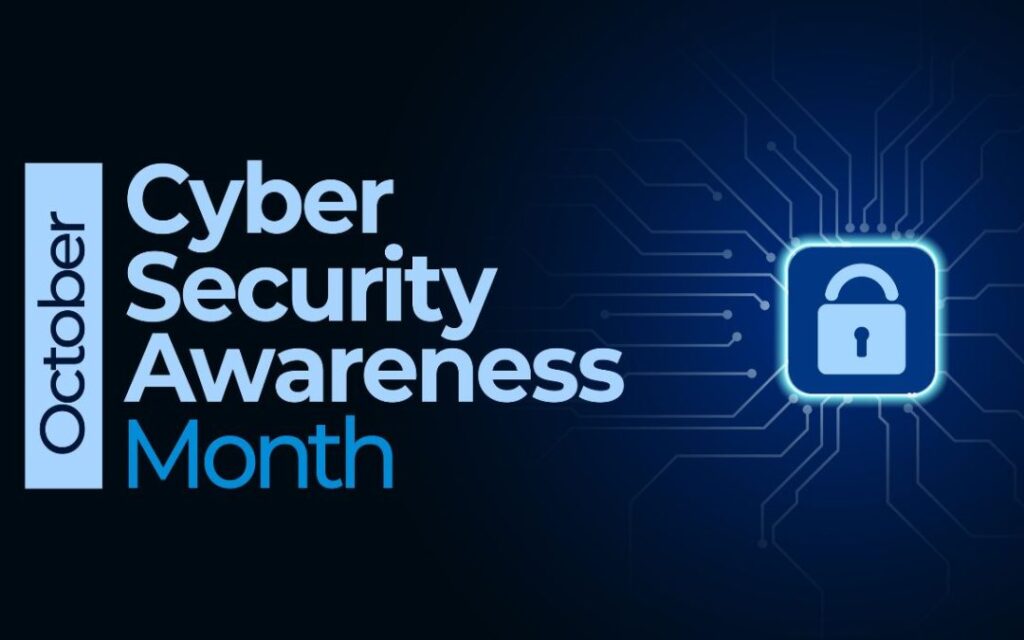As the world increasingly moves toward digital financial transactions, central banks are exploring new ways to modernize their monetary systems. One of the most significant developments in this area is the rise of Central Bank Digital Currencies (CBDCs). These digital forms of a nation’s currency are issued and regulated by central banks, representing a groundbreaking shift in the way we think about money. But what exactly are CBDCs, and how might they impact the global financial system? In this blog, we’ll explore the concept of CBDCs, their potential benefits and challenges, and what the future might hold for these digital currencies.
What Are Central Bank Digital Currencies (CBDCs)?
CBDCs are digital versions of a country’s fiat currency that are issued and backed by the central bank. Unlike cryptocurrencies like Bitcoin or Ethereum, which are decentralized and operate on blockchain technology without a central authority, CBDCs are centralized and regulated by the government. Essentially, CBDCs are the digital equivalent of physical cash, designed to be used for everyday transactions, savings, and other financial activities.
CBDCs can be categorized into two main types:
1. Retail CBDCs: These are digital currencies designed for use by the general public. They can be used for everyday transactions, such as buying goods and services, much like how cash or debit cards are used today.
2. Wholesale CBDCs: These are intended for use by financial institutions and are used for interbank transfers and other large-scale financial transactions.
Why Are Central Banks Interested in CBDCs?
Several factors are driving central banks to explore CBDCs:
1. Decline of Cash Usage: In many countries, the use of physical cash is declining as people increasingly rely on digital payment methods. Central banks see CBDCs as a way to modernize the monetary system and keep up with changing consumer preferences.
2. Financial Inclusion: CBDCs could provide financial services to people who are unbanked or underbanked, particularly in developing countries. By offering a digital currency that can be accessed through mobile devices, CBDCs could help bring more people into the formal financial system.
3. Efficiency and Security: CBDCs have the potential to make payments more efficient and secure. Digital currencies can reduce the costs associated with printing and distributing physical money, and they can also help combat money laundering and other illegal activities by providing a traceable form of currency.
4. Monetary Policy Implementation: CBDCs could give central banks more control over the monetary system. For example, they could allow for more direct implementation of monetary policy, such as adjusting interest rates on digital currency balances to influence spending and saving behavior.
5. Competition with Cryptocurrencies: As cryptocurrencies gain popularity, central banks are motivated to create their own digital currencies to maintain control over the monetary system and prevent the rise of unregulated digital currencies that could undermine financial stability.
Potential Benefits of CBDCs
CBDCs offer several potential benefits, both for consumers and for the broader financial system:
1. Increased Financial Inclusion: By providing a digital currency that can be accessed via mobile devices, CBDCs could help bring financial services to people who are currently unbanked or underbanked, especially in regions with limited banking infrastructure.
2. Reduced Transaction Costs: CBDCs could reduce the costs associated with transferring money, particularly for cross-border payments, which are often slow and expensive. This could make international trade more efficient and accessible.
3. Enhanced Monetary Policy Tools: CBDCs could provide central banks with new tools to implement monetary policy, such as the ability to apply negative interest rates directly to digital currency holdings, encouraging spending during economic downturns.
4. Improved Payment Security: Digital currencies can reduce the risks associated with physical cash, such as theft and counterfeiting. Additionally, CBDCs could be designed with advanced security features to protect against fraud and cyberattacks.
5. Real-Time Payments: CBDCs could enable real-time payment settlements, reducing the need for intermediaries and speeding up the transaction process for consumers and businesses alike.
Challenges and Risks of CBDCs
While the potential benefits of CBDCs are significant, there are also several challenges and risks that need to be addressed:
1. Privacy Concerns: One of the most significant concerns with CBDCs is the potential for increased government surveillance. Because digital currencies can be easily tracked, there are fears that CBDCs could be used to monitor and control individuals’ financial activities, leading to a loss of privacy.
2. Cybersecurity Risks: As with any digital system, CBDCs could be vulnerable to cyberattacks. Central banks will need to invest heavily in cybersecurity measures to protect against hacking and ensure the security of digital currency systems.
3. Disruption to the Banking System: If CBDCs are widely adopted, they could disrupt the traditional banking system by reducing the need for commercial banks as intermediaries in financial transactions. This could lead to a decrease in bank deposits and, potentially, a shift in how banks operate.
4. Implementation Costs: Developing and implementing a CBDC system would require significant investment in technology and infrastructure. Central banks would need to weigh these costs against the potential benefits.
5. Global Coordination: The rise of CBDCs could lead to new challenges in international finance, particularly if different countries develop incompatible systems. Global coordination and standardization will be crucial to ensure that CBDCs can be used effectively across borders.
The Future of CBDCs
The future of CBDCs is still uncertain, but it’s clear that they have the potential to transform the global financial system. Several countries, including China, Sweden, and the Bahamas, have already begun experimenting with CBDCs, and more are likely to follow. As these digital currencies develop, central banks will need to carefully consider how to balance the benefits of CBDCs with the potential risks.
In the long term, CBDCs could coexist with traditional forms of money, offering consumers more options for how they manage their finances. However, the widespread adoption of CBDCs will depend on how well central banks address the challenges associated with these digital currencies, particularly in terms of privacy, security, and global coordination.
Ultimately, CBDCs represent a significant step forward in the evolution of money. As central banks continue to explore this new frontier, the future of finance may look very different from what we know today.
By staying informed about developments in CBDCs, you can better understand the potential impact on your finances and the broader economy. Whether you’re a consumer, a business owner, or a financial professional, the rise of CBDCs is a trend worth watching as the world moves toward a more digital future.












